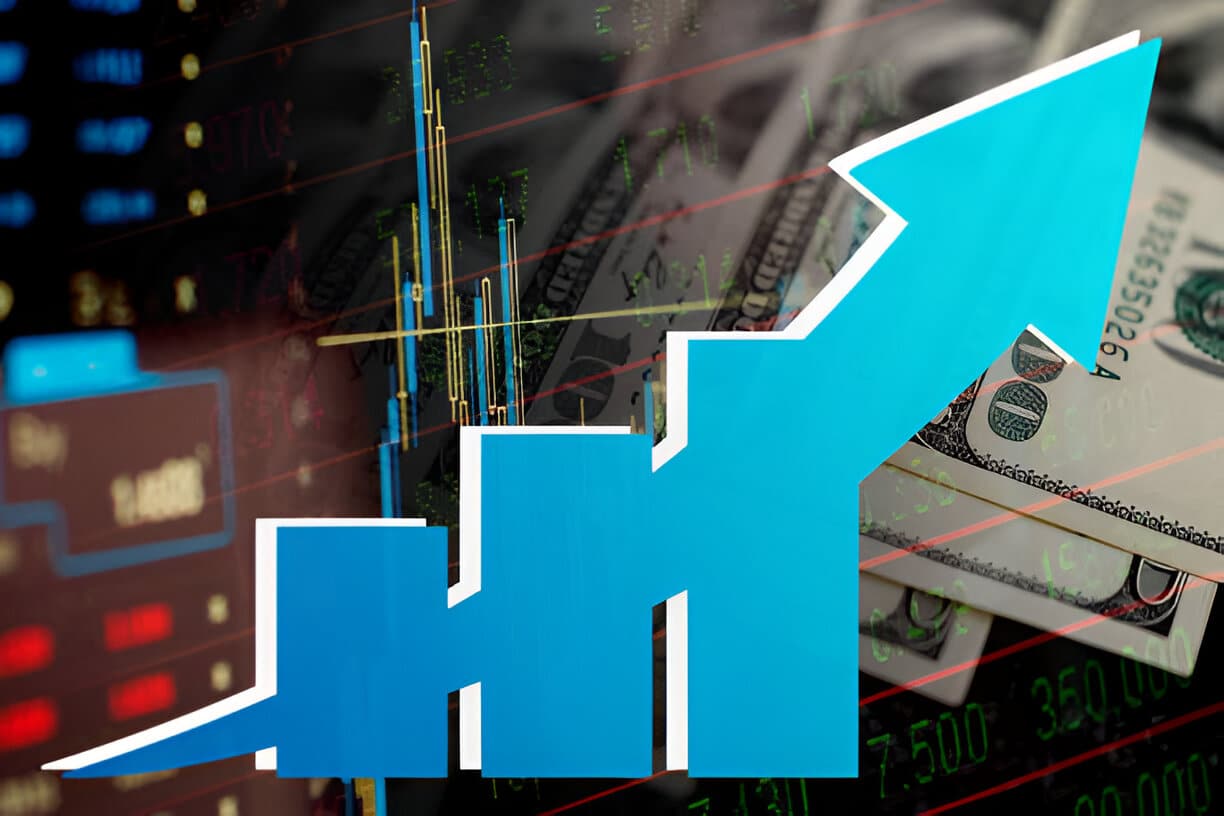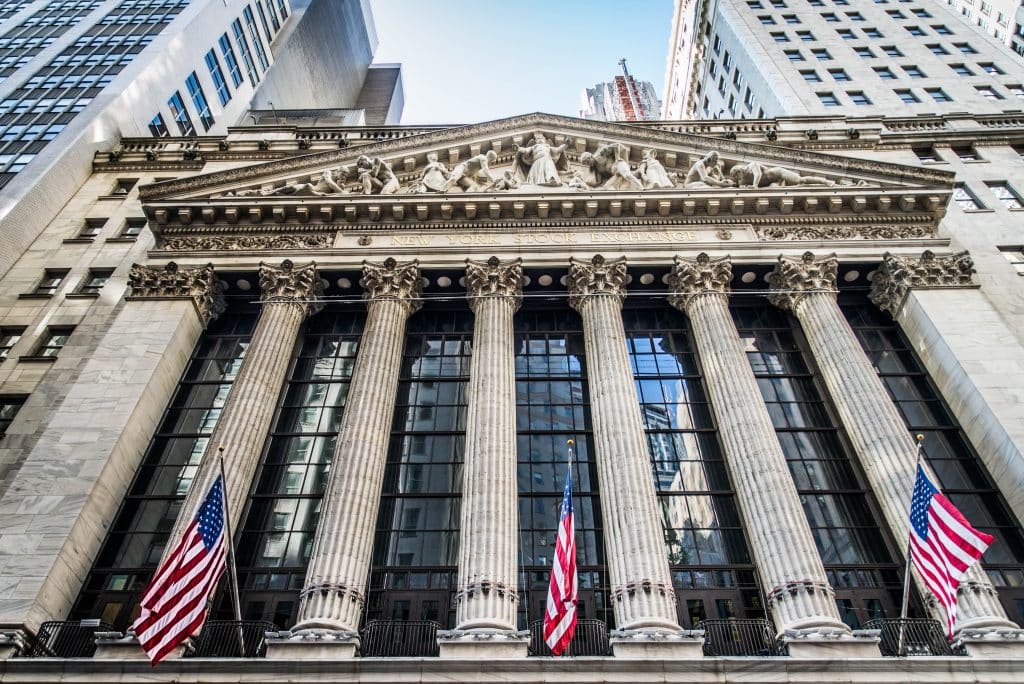Impact of Tariffs and Trade Policies
Impact of Tariffs and Trade Policies
Understanding the Impact of Tariffs and Trade Policies

Trade policies and tariffs shape the global economic landscape, influencing businesses, consumers, and financial markets. While tariffs can be used as tools to protect domestic industries, they often create unintended economic consequences, including inflation, reduced trade volume, and strained international relations. Understanding the impact of tariffs and trade policies is essential for investors, businesses, policymakers, and consumers alike.
This guide delves deep into the topic, covering key aspects such as types of tariffs, their effects on various economic stakeholders, and historical case studies that highlight their influence on global markets.
What Are Tariffs and Trade Policies?
Definition of Tariffs and Their Role in Trade Policies
A tariff is a tax imposed on imported goods and services to make foreign products more expensive compared to domestic alternatives. Governments use tariffs to generate revenue, protect local industries, and sometimes as leverage in trade negotiations. Trade policies encompass the broader framework of laws, regulations, and agreements that govern how countries conduct international commerce. These policies can include tariffs, quotas, export restrictions, subsidies, and trade agreements.
Types of Tariffs and Trade Barriers
There are several types of tariffs, each serving different economic or political objectives:
- Ad valorem tariffs: A percentage-based tax applied to the value of the imported product.
- Specific tariffs: A fixed fee per unit of imported goods, regardless of their value.
- Protective tariffs: Designed to shield domestic industries from foreign competition.
- Retaliatory tariffs: Imposed as a response to trade restrictions or tariffs imposed by another country.
- Revenue tariffs: Primarily used to generate government revenue rather than protect industries.
Beyond tariffs, other trade barriers include:
- Import quotas: Limits on the quantity of certain goods that can be imported.
- Subsidies: Financial assistance given to local industries to make them more competitive.
- Export restrictions: Regulations limiting the export of certain goods.
The Economic Impact of Tariffs and Trade Policies
How Tariffs and Trade Policies Affect Businesses
Tariffs and trade restrictions significantly impact businesses, especially those relying on imported goods. Some of the primary effects include:
- Protection for domestic industries: Tariffs help local industries compete by making foreign products more expensive.
- Increased production costs: Businesses dependent on imported raw materials or components face higher costs, which can reduce profit margins.
- Supply chain disruptions: Strict trade policies create inefficiencies in global supply chains, leading to production delays and higher expenses.
- Export restrictions and foreign market access: When one country imposes tariffs, others often retaliate, making it difficult for domestic businesses to export goods.
Impact on Consumers
Consumers are often the most affected by tariffs due to rising prices and reduced product availability:
- Higher retail prices: Tariffs increase import costs, which businesses often pass on to consumers.
- Limited product choices: Trade restrictions can reduce the variety of goods available.
- Inflationary effects: Increased prices for essential goods contribute to inflation, reducing consumers’ purchasing power.
Financial Markets and Investor Sentiment
Trade policies impact global financial markets, affecting investor confidence and stock market performance:
- Stock market volatility: Tariffs create uncertainty, causing fluctuations in stock prices.
- Currency movements: Trade restrictions can impact exchange rates, affecting multinational companies and investors.
- Foreign investment risks: Protectionist policies may deter foreign direct investment, affecting capital flows and economic growth.
Case Studies: Real-World Impact of Tariffs and Trade Policies
The U.S.-China Trade War
One of the most significant tariff-driven trade disputes in recent history was the U.S.-China trade war (2018-2020). The U.S. imposed tariffs on Chinese goods worth hundreds of billions of dollars, citing unfair trade practices and intellectual property theft. China retaliated with its tariffs on American goods, leading to:
- Increased costs for U.S. businesses and consumers.
- Disruptions in global supply chains.
- Economic slowdowns in both countries.
- Stock market volatility due to uncertainty.
Steel and Aluminum Tariffs (2018)
In an effort to protect U.S. steel and aluminum industries, the Trump administration imposed tariffs of 25% on steel and 10% on aluminum imports. The impact was mixed:
- Positive for U.S. steel manufacturers: Increased domestic production and employment.
- Negative for industries using steel: Higher costs for automobile, construction, and manufacturing industries, leading to price increases.
- Retaliatory tariffs: Countries like Canada and the EU responded with their own tariffs on American products.
NAFTA to USMCA: The Evolution of a Trade Agreement
The North American Free Trade Agreement (NAFTA) was replaced by the U.S.-Mexico-Canada Agreement (USMCA) in 2020. Key changes included:
- Increased labor protections.
- Stronger intellectual property laws.
- Modified auto industry rules favoring North American production.
The Role of Trade Agreements in Mitigating Tariff Impacts
How Trade Agreements Shape Global Trade
Trade agreements help reduce or eliminate tariffs, fostering economic cooperation and promoting free trade. Some of the most influential trade agreements include:
- World Trade Organization (WTO): Oversees global trade rules and dispute resolution.
- European Union Single Market: Allows free movement of goods, services, capital, and labor across member states.
- Comprehensive and Progressive Agreement for Trans-Pacific Partnership (CPTPP): Encourages trade across Asia-Pacific economies.
Benefits of Free Trade Agreements
- Lower consumer prices: Reduced tariffs mean cheaper goods.
- Economic growth: Encourages cross-border trade and investment.
- Greater market access: Businesses can sell products in more countries without facing heavy tariffs.
Future Trends and the Global Outlook on Trade Policies
The Shift Toward Protectionism vs. Free Trade
While globalization has led to increased trade liberalization, recent years have seen a resurgence of protectionist policies. Some key trends include:
- Reshoring and nearshoring: Companies moving production closer to home to reduce reliance on foreign supply chains.
- Geopolitical trade alliances: Countries forming strategic trade agreements to counterbalance economic powers.
- Digital trade regulations: Emerging policies governing e-commerce, data flow, and digital services across borders.
The Role of Technology and Automation
Advancements in automation and AI are reducing reliance on global supply chains, making some tariffs less impactful on production costs. However, digital trade policies will become increasingly important in regulating cross-border transactions.
Conclusion: Balancing Tariffs and Trade Policies for Economic Stability
Tariffs and trade policies play a crucial role in shaping economies, influencing business operations, consumer prices, and market dynamics. While protectionist measures can safeguard domestic industries, they often lead to unintended consequences such as higher prices, trade wars, and economic uncertainty.
A balanced approach that combines strategic trade policies with international cooperation is essential for fostering economic growth while ensuring fair competition. As globalization continues to evolve, businesses and investors must stay informed about changing trade policies to navigate the complexities of international commerce successfully.
Check out articles on:
- Introducing to Options Trading
- Mastering Butterfly Spreads
- The Power of Diagonal Spreads
- The Power of Iron Condors
- The Power of Vertical Credit Spreads
- How to Succeed Trading Stocks, and Stock Options in a Volatile Market
Elevate Your Options Trading Skills
Ready to master options? Join our community for in-depth education on options trading, live sessions, and expert analysis of options trading strategies. Sign up today to start profiting from market swings using advanced options trading strategies!
Below are the links:
- Day Trading Room
- Swing Trading Room(Short-term)
- Small Account Mentorship
- SPX Trading Alerts(Alerts Only)
- Revolution Swings(Alerts Only)
To your success,

Billy Ribeiro is a globally recognized trader renowned for his mastery of price action analysis and innovative trading strategies. He was personally mentored by Mark McGoldrick, famously known as “Goldfinger,” Goldman Sach’s most successful investor in history. McGoldrick described Billy Ribeiro as “The Future of Trading,” a testament to his extraordinary talent. Billy Ribeiro solidified his reputation by accurately calling the Covid crash bottom, the 2022 market top, and the reversal that followed, all with remarkable precision. His groundbreaking system, “The Move Prior to The Move,” enables him to anticipate market trends with unmatched accuracy, establishing him as a true pioneer in the trading world.
Connect with us:






